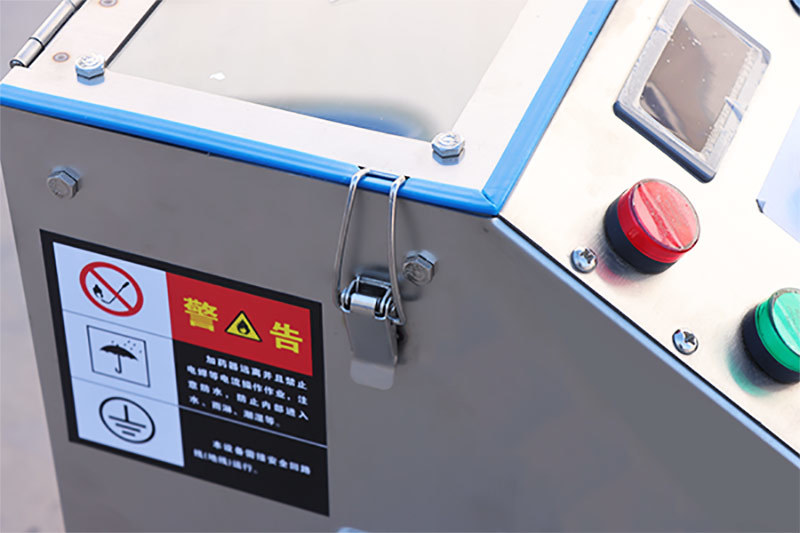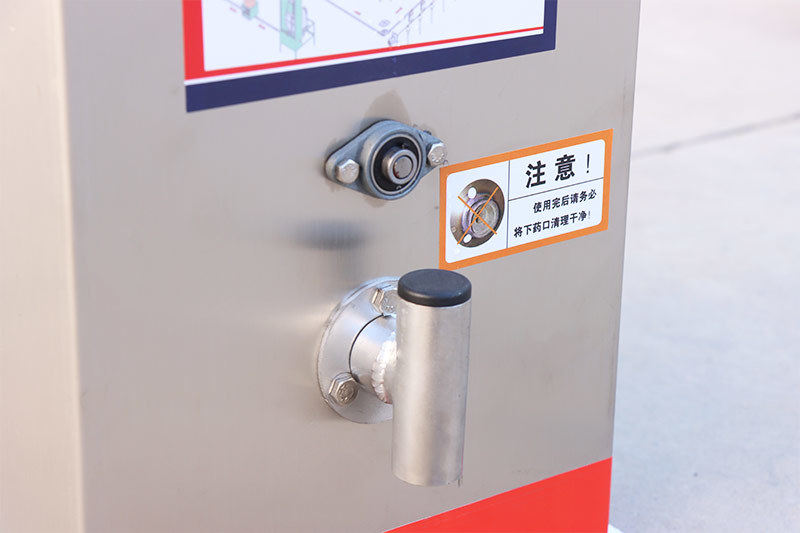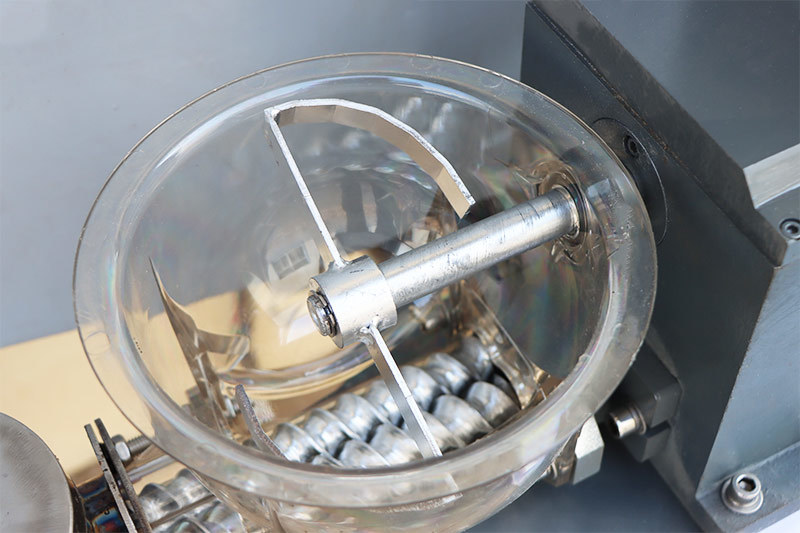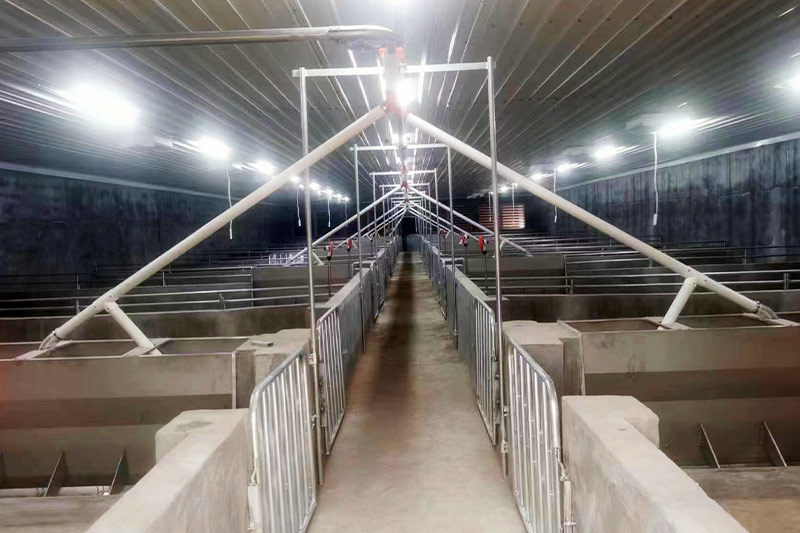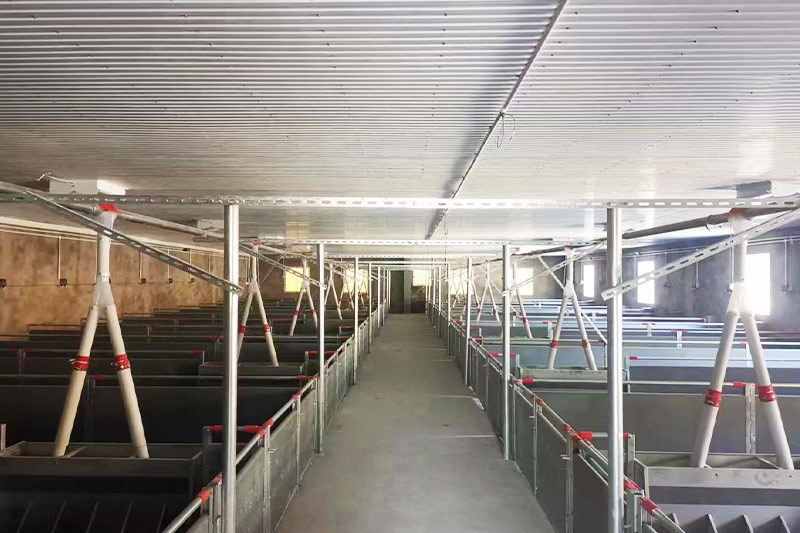Китайский центр по профилактике и контролю заболеваний животных уведомляет о выдаче технических пунктов по профилактике и борьбе с болезнями свиней осенью и зимой
Опубликовано в:
2024-01-12 11:40
Provinces, autonomous regions, municipalities directly under the Central Government and municipalities with plans to prevent and control animal diseases, Xinjiang Production and Construction Corps Animal Husbandry and Veterinary Workstation: In order to do a good job in autumn and winter pig disease prevention and control work, according to the Ministry of Agriculture and Rural Affairs Bureau of Animal Husbandry and Veterinary Medicine work arrangements, I center together with the National Animal Disease Prevention Expert Committee pig disease group prepared the "autumn and winter pig disease prevention and control technology points", is issued to you, please refer to guide the farms do a good job of prevention and control work. Attachment: Technical Points for Prevention and Control of Pig Diseases in Autumn and Winter In order to do a good job in autumn and winter pig disease prevention and control work, according to the Ministry of Agriculture and Rural Affairs Bureau of Animal Husbandry and Veterinary Medicine work arrangements, the China Center for the Prevention and Control of Animal Diseases, in conjunction with the National Animal Disease Prevention and Control Committee of Swine Disease Experts Group prepared the "autumn and winter pig disease prevention and control technology points", the specific content is as follows, please refer to guide farmers to do a good job of prevention and control work. Technical points of pig disease prevention and control in fall and winter The alternation of autumn and winter seasons, the shortening of sunshine time, the gradual decrease of temperature, the temperature difference between day and night in the north becomes bigger, the increase of damp and cold weather in the south, the pathogenic microorganisms in the environment are more easy to survive. Once the breeding environment is not properly regulated, poor feeding management and biosecurity measures are not in place, the risk of disease occurrence and spread of swine farms will increase dramatically. Farmers should focus on the following prevention and control measures. 01 Do a good job of clinical inspections Various epidemics such as African swine fever, porcine reproductive and respiratory syndrome, porcine epidemic diarrhea, foot-and-mouth disease, swine fever, porcine infectious gastroenteritis, and porcine infectious pleuropneumonia are prone to occur and become prevalent in winter and spring. It is necessary to strengthen the clinical inspection of pigs, mainly to observe whether there is any change in the pig's feeding and drinking; whether there is any change in respiratory frequency, respiratory posture, whether there is any coughing and sneezing; whether the body temperature is normal; whether there is any secretion and pus in the eyes and nose; whether there is any change in the skin of the ears and limbs in terms of lumps, color, hemorrhage and necrosis, as well as whether there is any abnormality of defecation and urination, and so on. When pigs are found to be sick, the sick pigs should be immediately moved into isolation enclosures for feeding, and the corresponding samples should be collected and sent to the laboratory for testing, and corresponding preventive and control measures should be taken according to the diagnostic results, and reported in a timely manner in accordance with the procedures. 02 Do vaccine immunization For foot-and-mouth disease, swine fever, swine pseudorabies, swine infectious gastroenteritis and swine epidemic diarrhea and other epidemics, vaccine immunization can be taken as a means of prevention. Swine farms should be based on the epidemic characteristics of the farm, to develop a scientific and reasonable immunization program, select the quality of qualified, reliable vaccines, in strict accordance with the instructions of the prescribed usage, dosage for immunization. Immunization injection should be a pig with a needle to prevent cross-infection. Immunization antibody monitoring should be carried out after immunization to ensure that the effect of group immunization is achieved. Vaccines should be transported and stored in strict accordance with the vaccine preservation conditions to prevent the quality of vaccines from being affected by improper temperature. 03 Good hygiene and disinfection Low temperature affects the stability and solubility of disinfectants and reduces the disinfection effect. The influence of temperature should be fully considered during the preparation and use of disinfectants, and warm water can be used to dilute disinfectants. When the temperature is too low, low-temperature disinfectants can be used, and high-temperature flame disinfection can be used on the ground to minimize disinfection with pigs in the house. Materials should be returned to room temperature before disinfection. When the risk of an epidemic is high, full disinfection 1-2 times per week can be considered, and the duration of disinfectant action can be extended appropriately. 04 Good biosecurity management Establish a biosecurity system in line with the actual situation of the farm and strictly implement it. Do a good job of physical isolation, if possible, should try to establish dedicated personnel access bath room, material and goods disinfection room, transport vehicle disinfection pool and fumigation shed, etc., and production and living areas should try to set up complete physical enclosure walls for isolation. Measures should be taken to reduce the movement of personnel, vehicles, materials and pigs. Restrict the entry and exit of unrelated personnel, and strictly implement the hygiene system of changing clothes and shoes, washing and showering for the personnel entering and leaving the pig farm. Foreign vehicles are not allowed to enter the farm, and the vehicles in and out of the farm should be thoroughly cleaned and disinfected. Do a good job in the management of seed introduction and pig discharge. 05 Do harmless treatment of sick and dead pigs Improper handling of sick and dead pigs, their excreta and pollutants such as bedding, packaging and containers will not only cause widespread spread of pathogens and long-distance transmission, but also make the pathogens circulate repeatedly in the farm and seriously pollute the breeding environment. Diseased and dead pigs, excreta, pollutants and other harmless treatment should be carried out, and should not be discarded at will to prevent the spread and transmission of pathogenic microorganisms. 06 Good feeding management When pigs are easy to stress such as sudden temperature change and environmental change, temperature and humidity control should be done well to ensure adequate nutrition and improve the resistance of pigs. Regularly check the troughs and hoppers to ensure that there is no shortage of materials and that pigs are free to feed. Regularly clean and disinfect water storage buckets and drinking equipment, and when disinfecting, remove the drinking spouts, drinkers, joints, etc., and carry out adequate cleaning after




